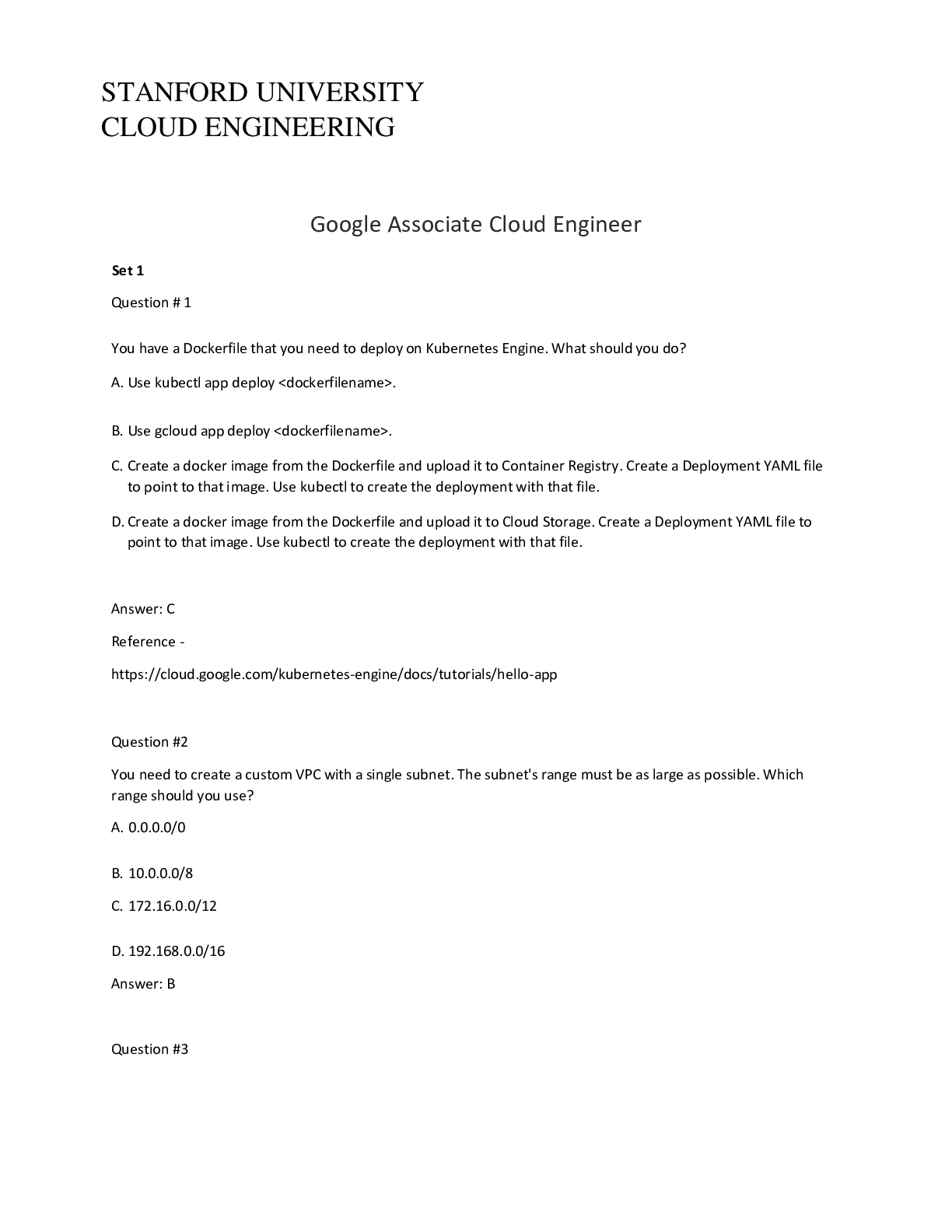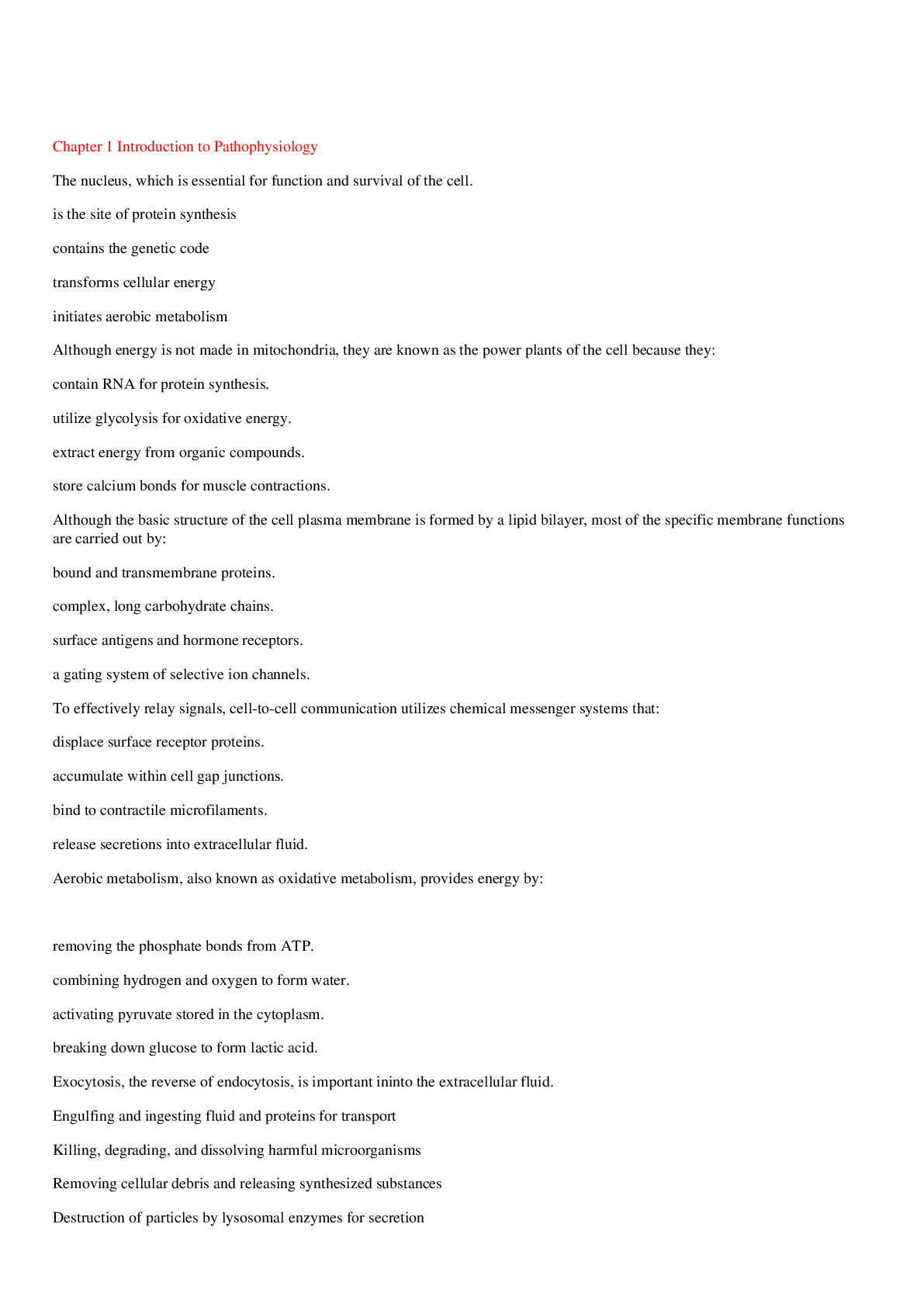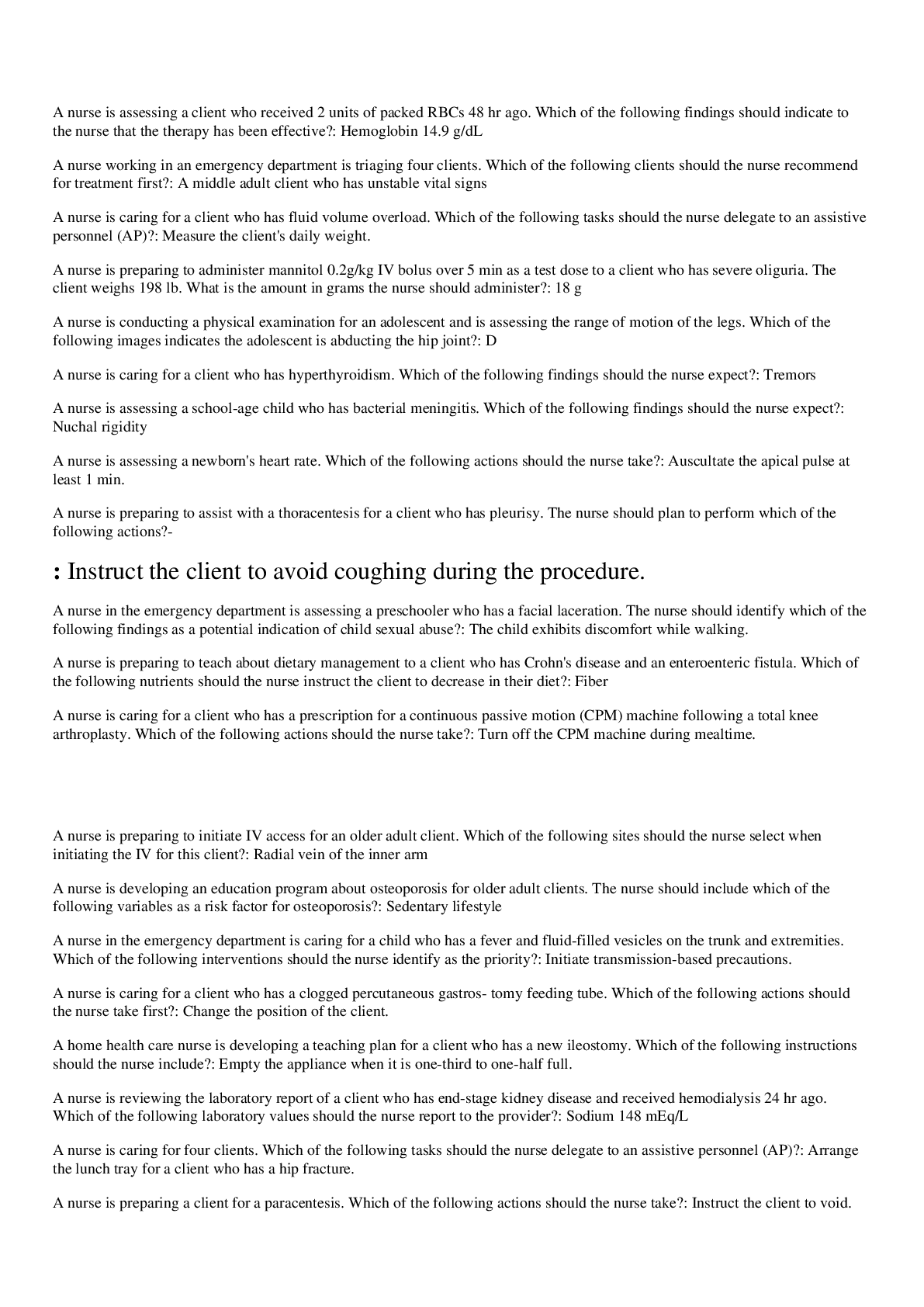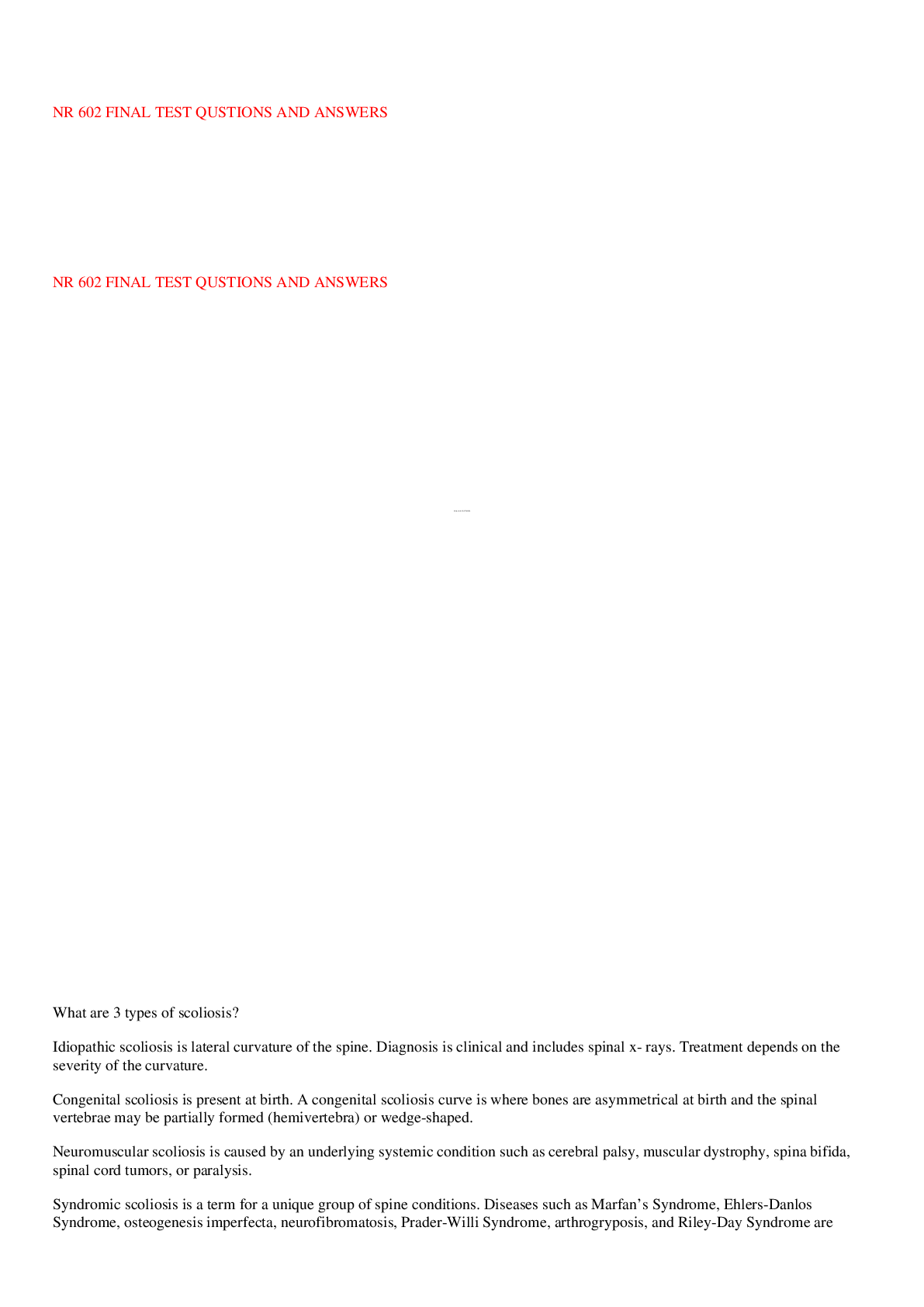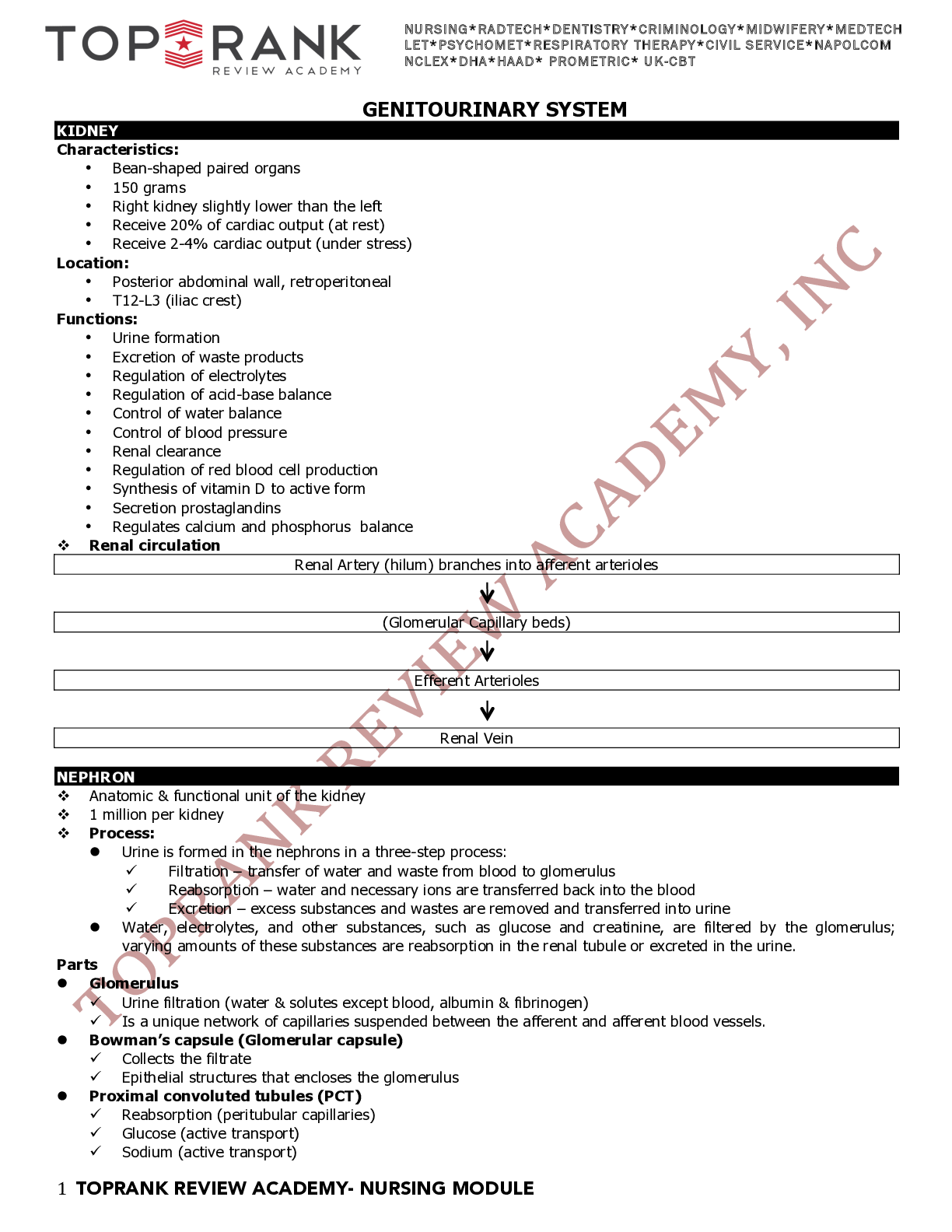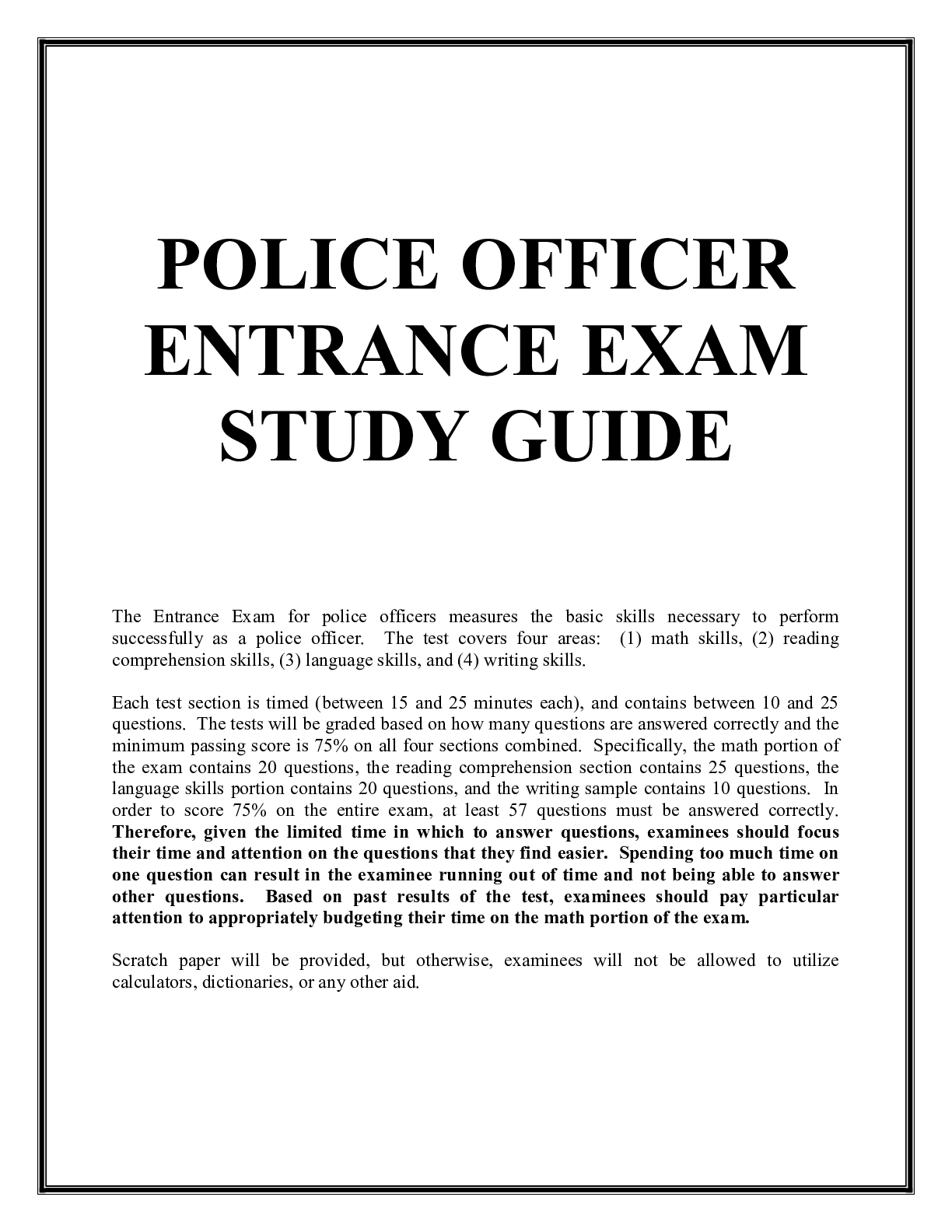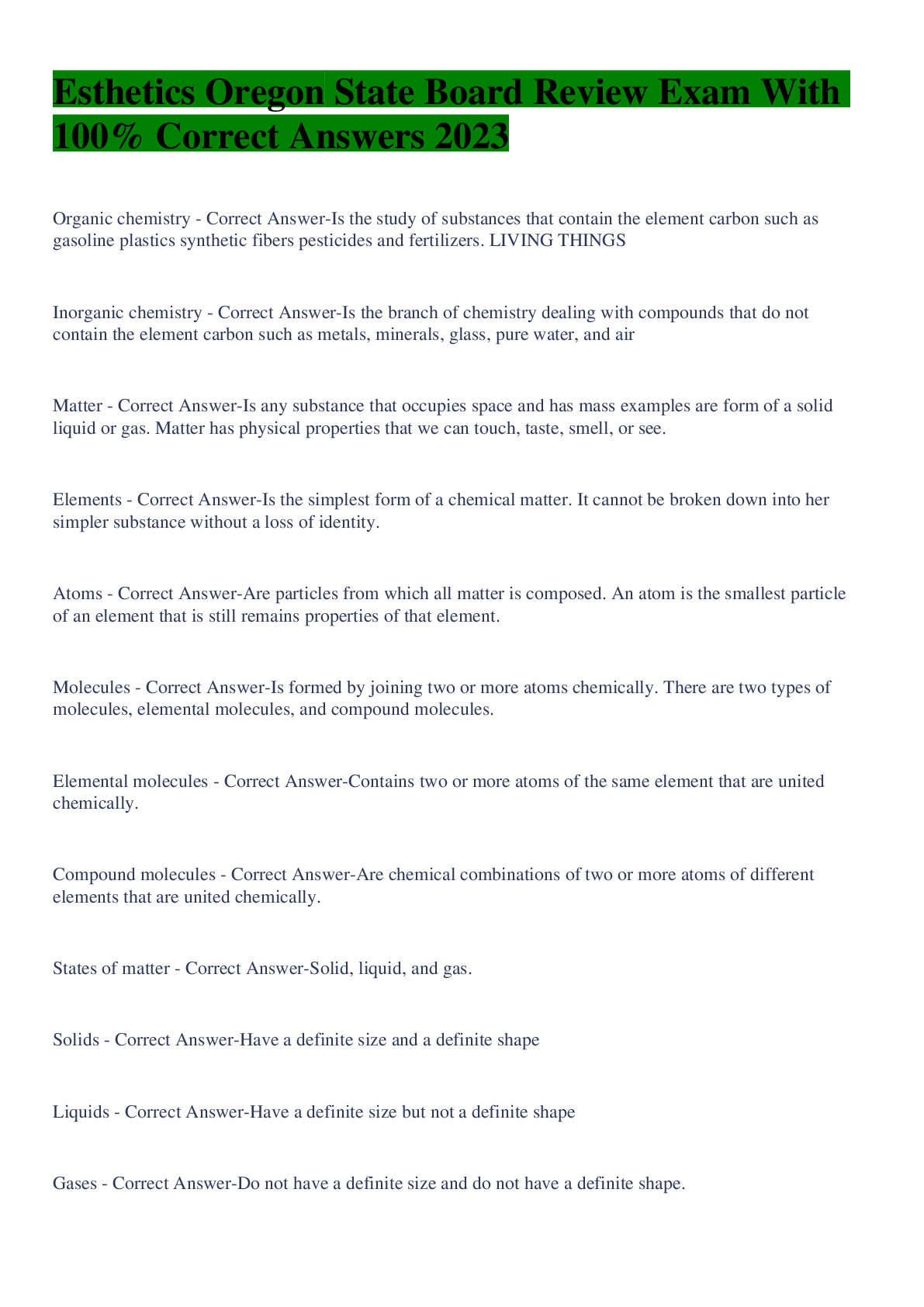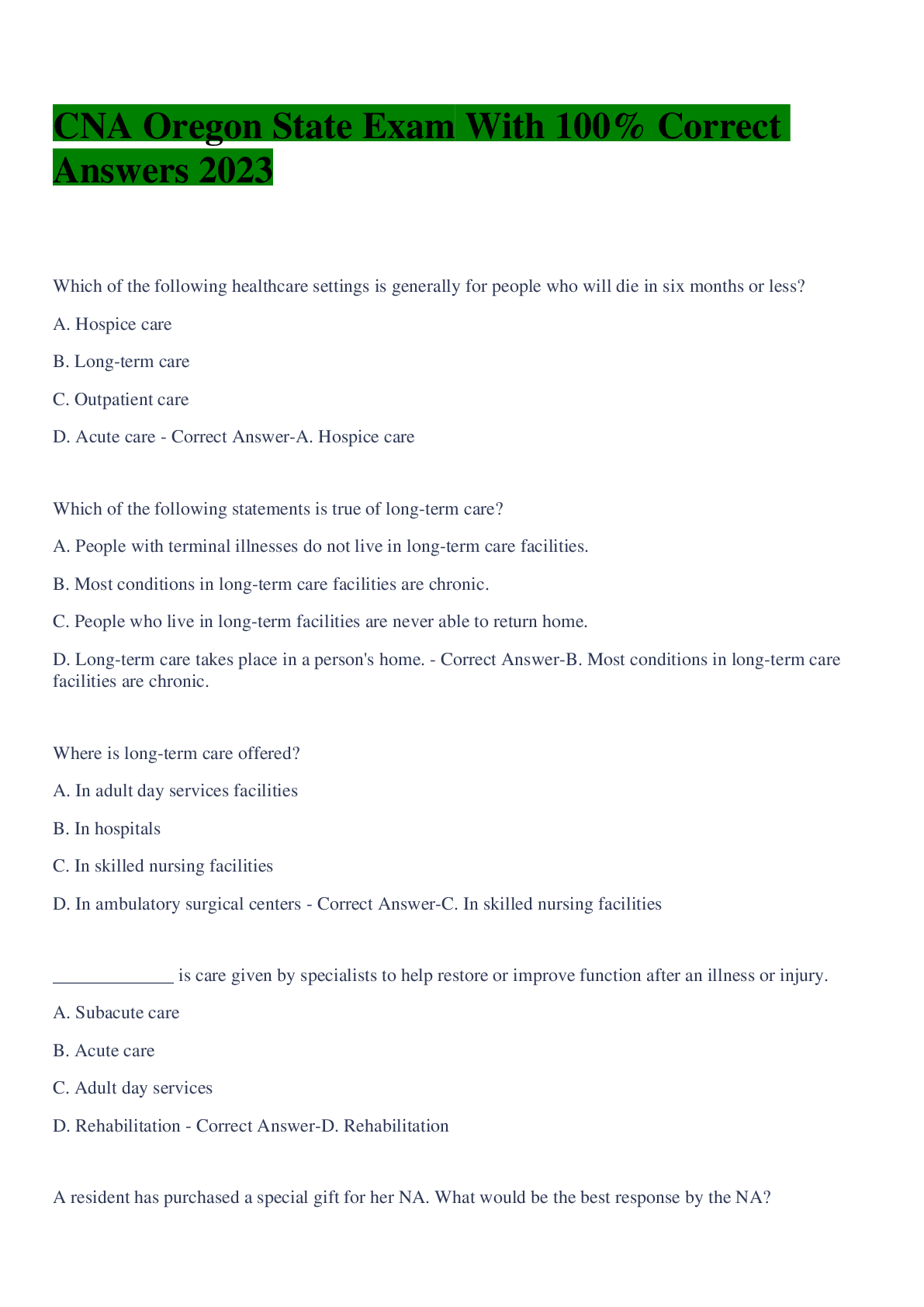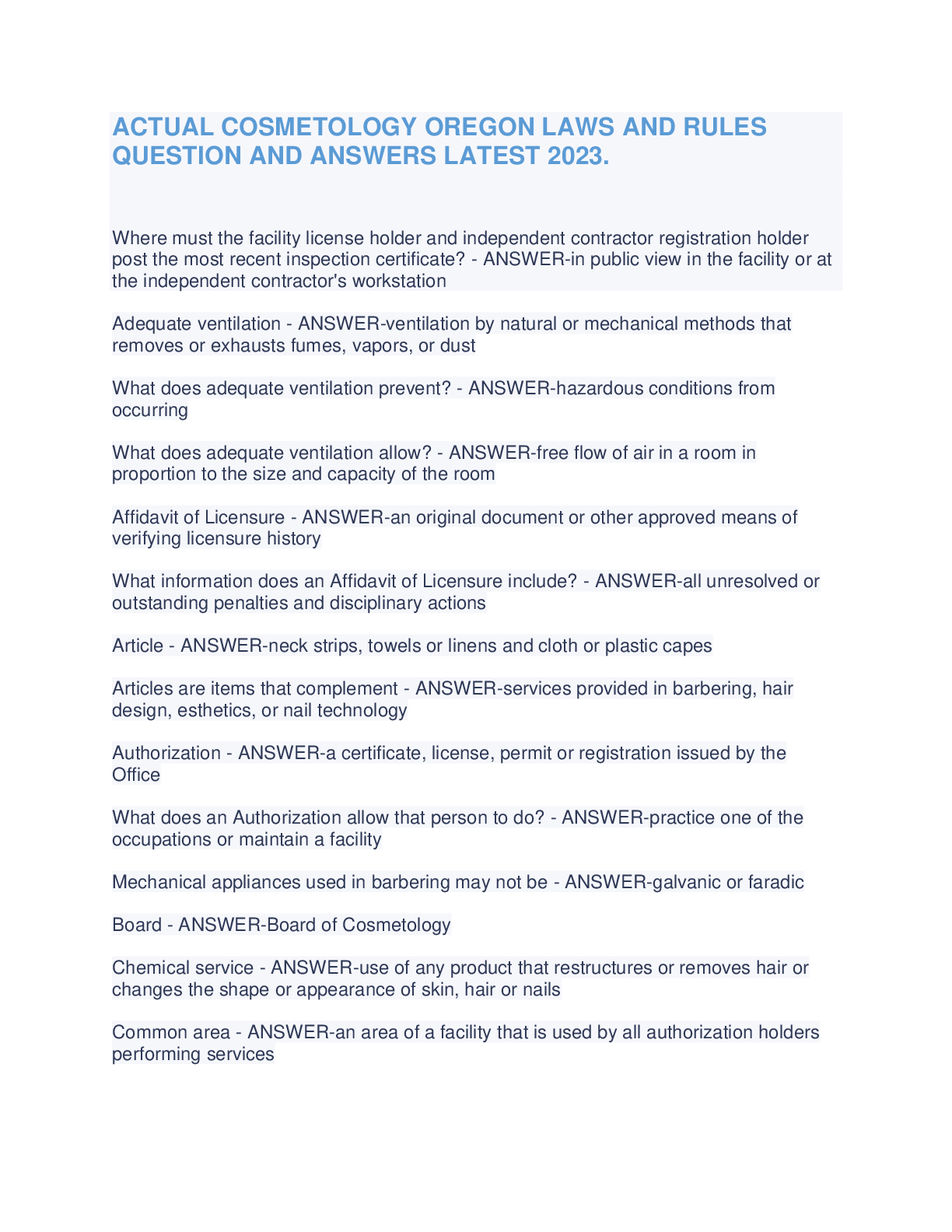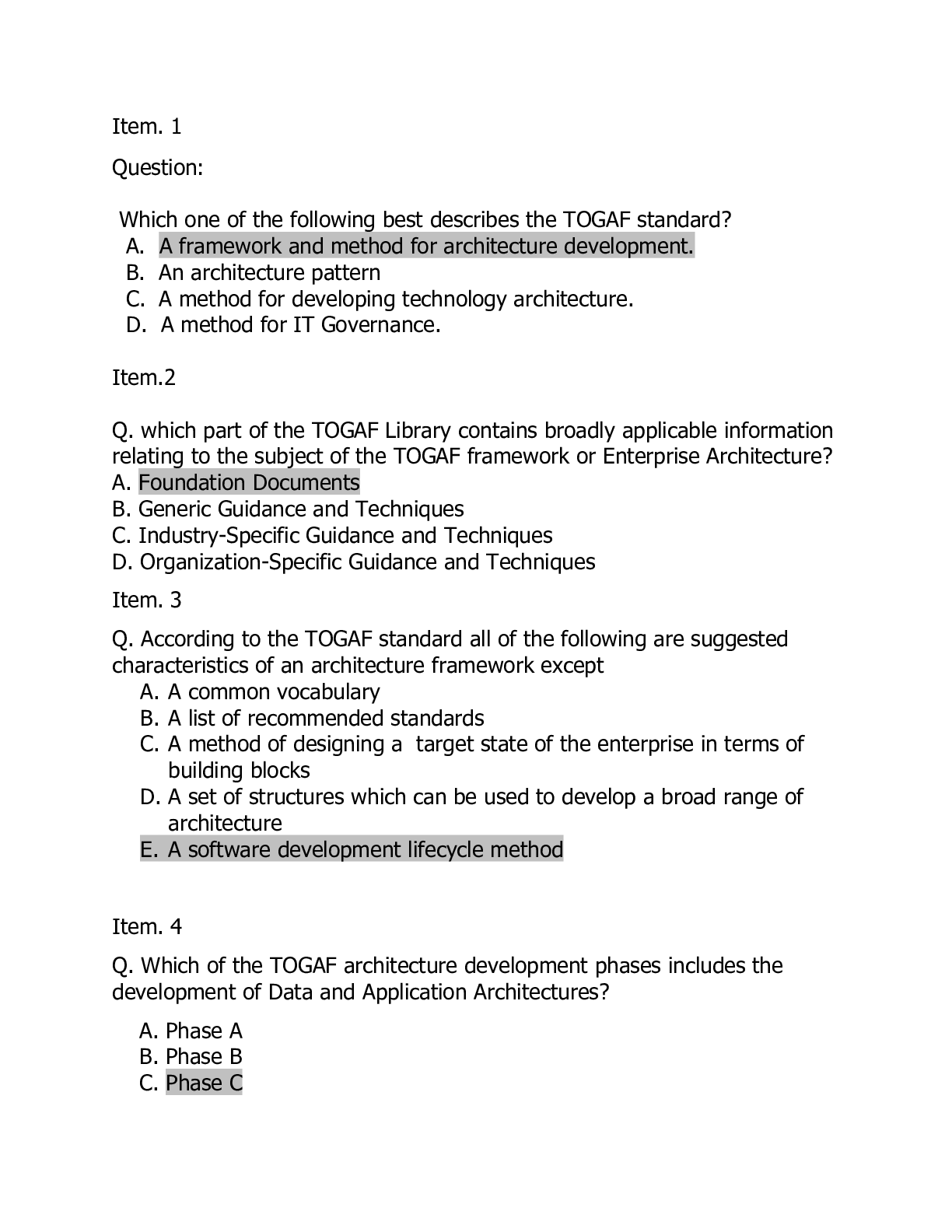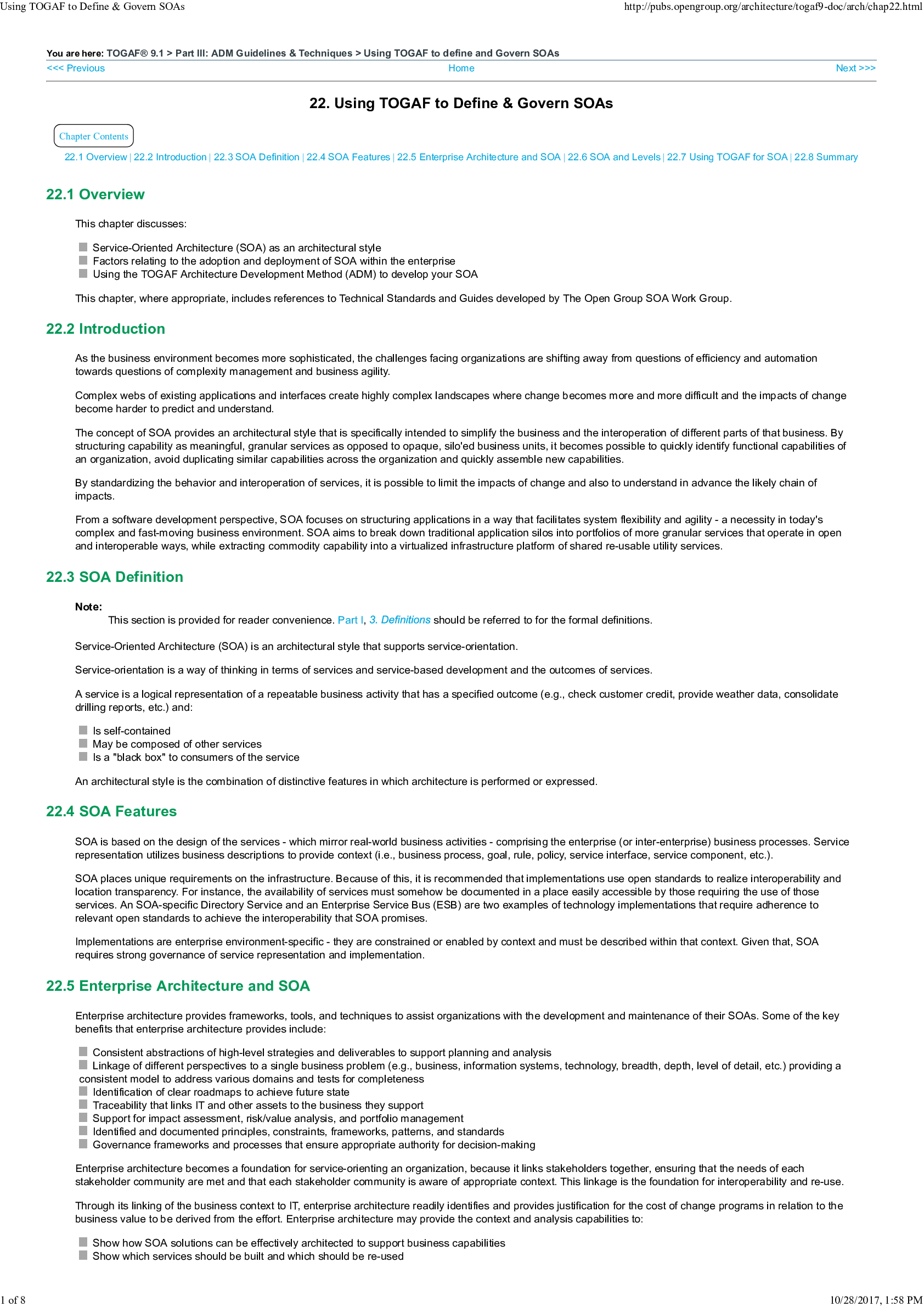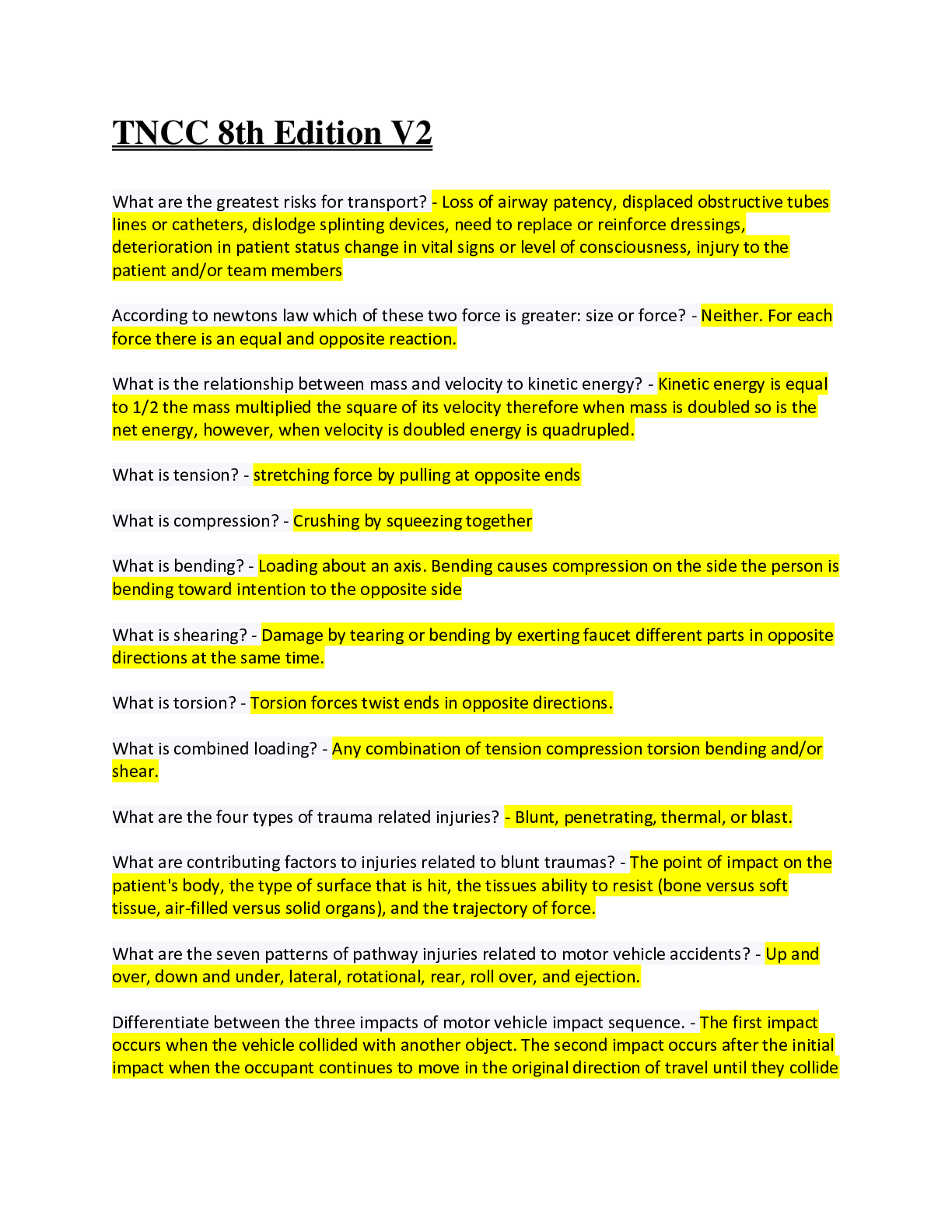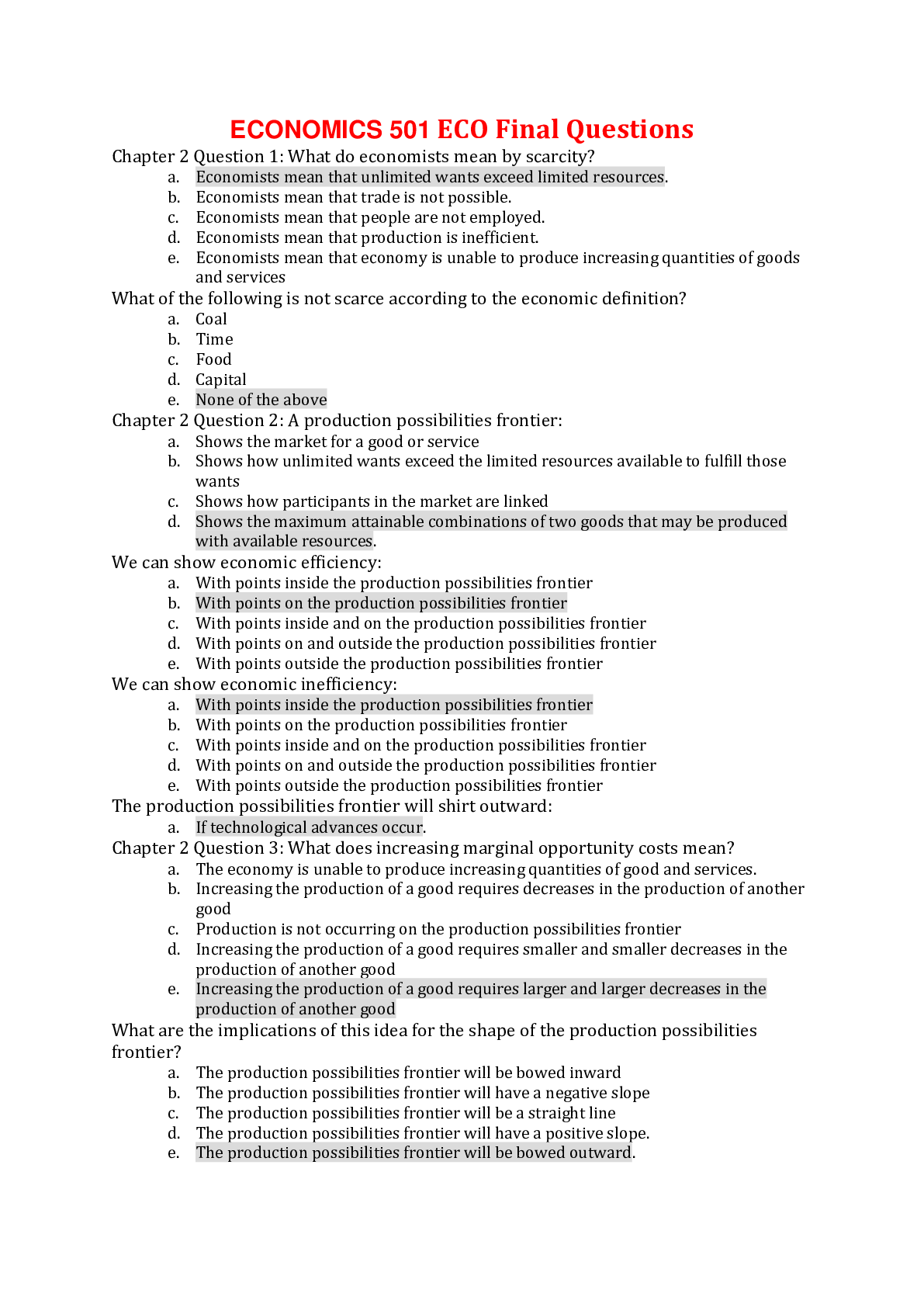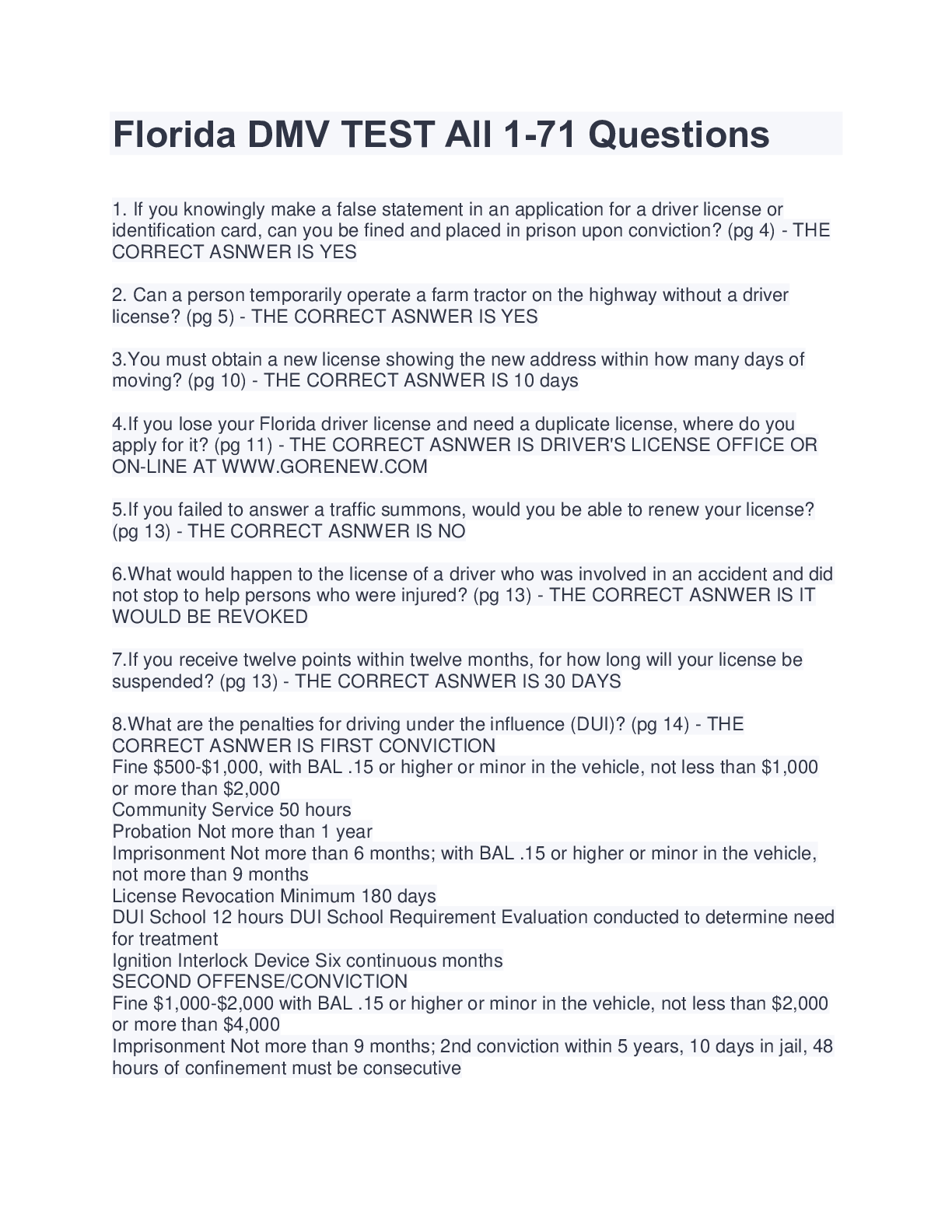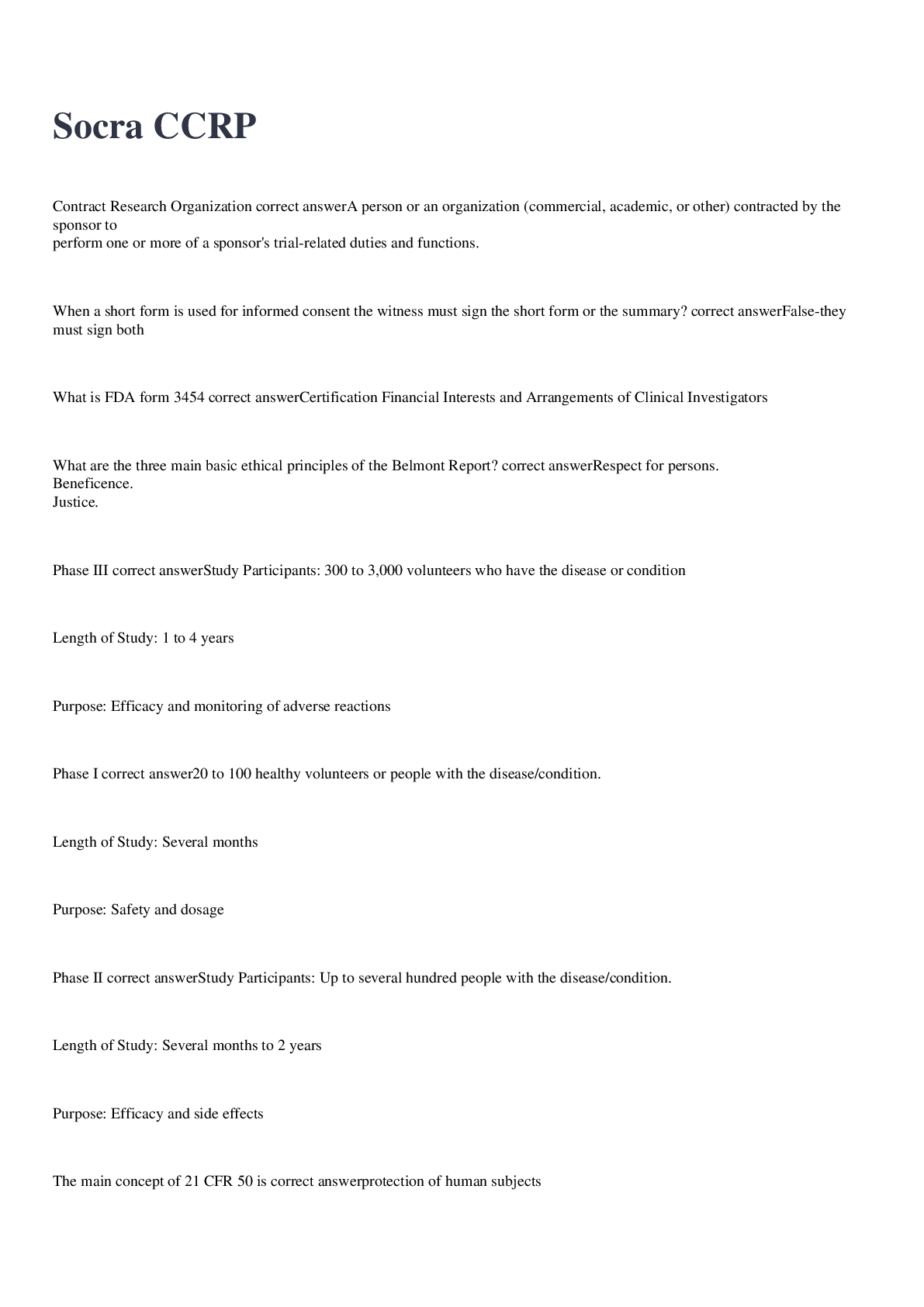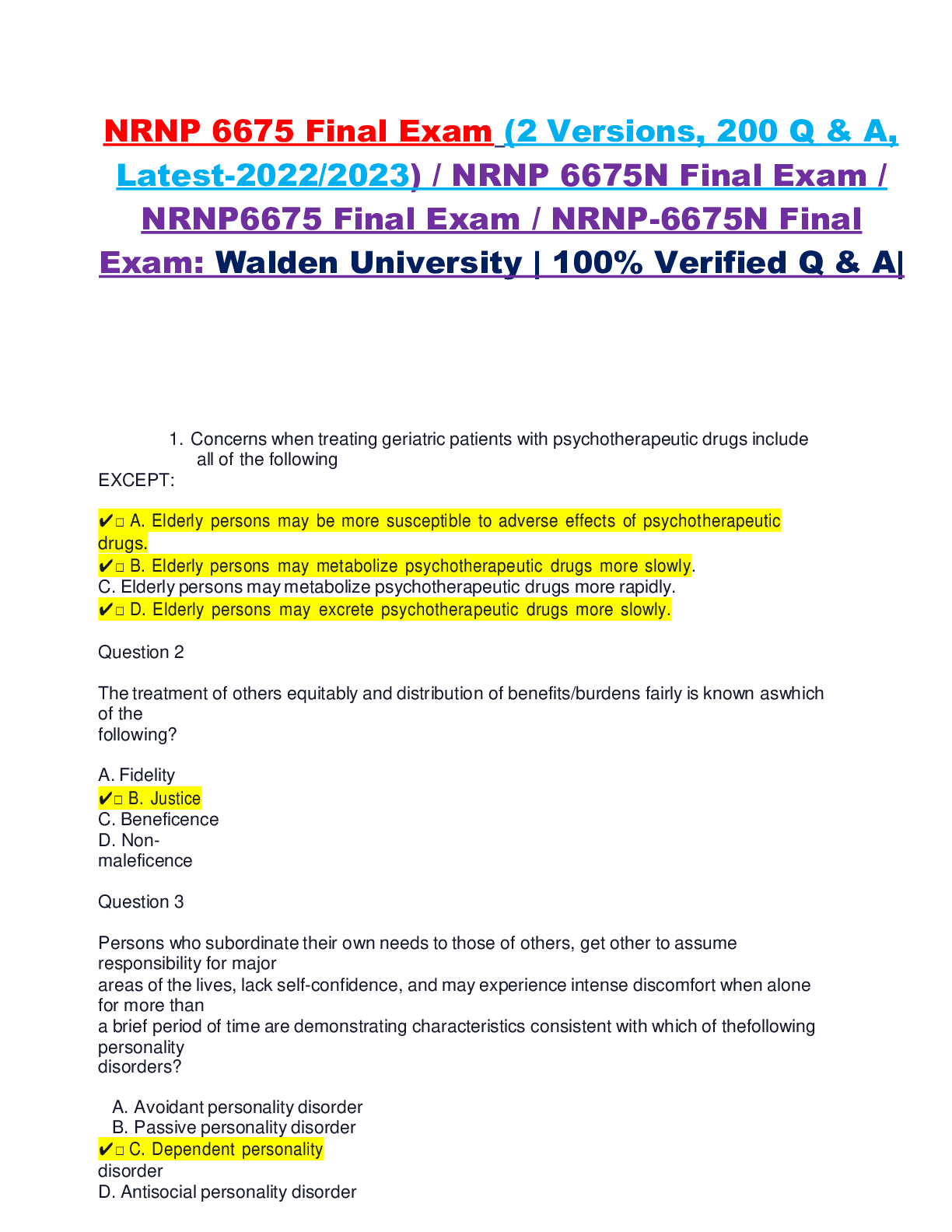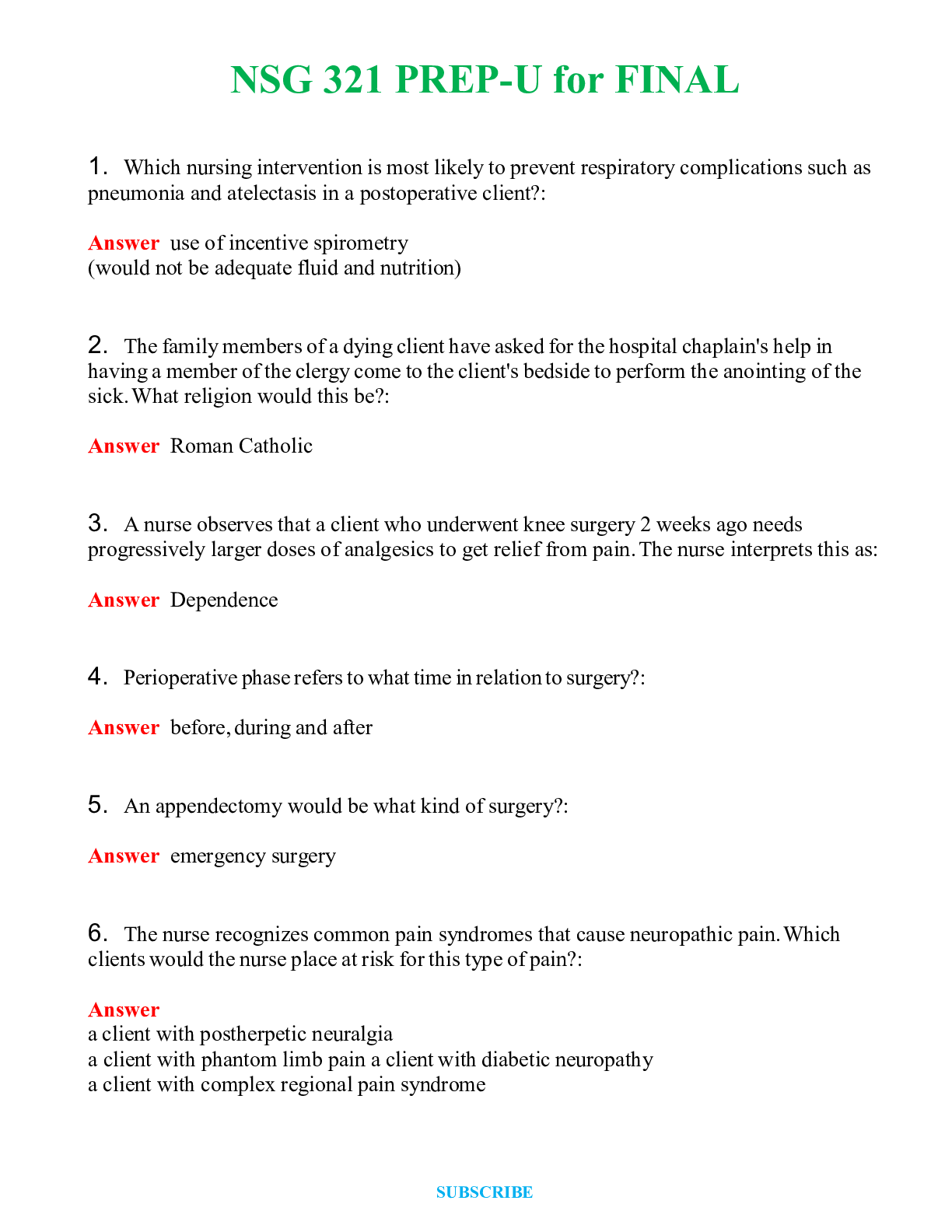FINAL EXAMINATION OF PATHOLOGY – THIRD YEAR MEDICAL STUDENTS
Document Content and Description Below
Part-1: choice (encircle) the most correct answer (only one) – from 1-49 (49 marks) 1. The important cause of chronic bronchitis is: a. Decreased elastase activity b. Alpha 1 antitrypsin deficien... cy c. Smoking d. Increased elastase activity 2. Adenocarcinoma of the lung usually has a. Peripheral location b. Central location c. Both the above locations d. None of above 3. Central emphysema affects: a. Whole acinus b. Distal acinus c. Central and distal d. Proximal acinus 4. Family history of allergy is seen in patients with: a. None atopic asthma b. Atopic asthma c. Bronchial asthma d. None bronchial asthma 5. Suppurative inflammation is a characteristic feature of: a. Acute bronchitis b. Bronchial asthma c. Bronchopneumonia d. Labor pneumonia 6. Ghon focus of granulomatous inflammation is a feature of: a. Sarcoidosis b. Primary T.B. c. Secondry T.B. d. Progressive T.B. 7. Kawasaki disease: a. Affects infants Pathology Exams اللجنة العلمية بدفعة نبض الحياة 32 طب بشري 1 مركز الخليج العربي b. Affects children c. Affects infants and children d. Affects old age 8. Aneurysm may result in all the following except one: a. Thrombosis b. Hemorrhage c. Death d. Atherosclerosis 9. Liner fatty streaks is the characteristic feature of a. Early phase of AS. b. Late phase of AS c. Complicated phase of AS. d. None of the above. 10.MI is characterized by localized: a. Caseous necrosis b. Coagulative necrosis c. Liquefative necrosis d. Fibrinoid necrosis 11.Chronic venous congestion is a feature of: a. Left side HF b. Right side HF c. Renal failure d. Angina pectoris 12.Angina pectoris is caused by: a. Acute ischemia b. Chronic ischemia c. Decreased blood supply d. Increased blood supply 13.Cardiomyopathy refers to: a. Heart muscle disease b. Cardiac inflammation c. Valvular calcification d. Valvular stenosis 14.A 30-year-old male noticed a progressive cough for one month. On physical examination, a few small lymph nides were palpable in the axillae, and the tip of the spleen was palpable. A CBC showed: Hb 10.2, Hct 31.1, MCV 90, WBC count 67000 and platelet count 36000. If blasts with Auer rods are seen in the peripheral blood smear, then the most likely diagnosis is: a. Acute myeloblastic leukemia b. Multiple myeloma c. Chronic lymphocytic leukemia d. Acute lymphoblastic leukemia Pathology Exams اللجنة العلمية بدفعة نبض الحياة 32 طب بشري 2 مركز الخليج العربي 15.Regarding hodgkin’s lymphoma, which of the following is true: a. Neoplastic disorder of histiocytes b. T-cell type have worse prognosis c. Lymphocyte depletion is the most common type. d. Lymphocyte predominance type have excellent prognosis. 16.Painless lymphadenopathies in 5-year old anemic child cinsistent with: a. Burkitt’s lymphoma b. Acute myeloblastic leukemia c. Myelodysplastic disorder d. Acute lymphoblastic leukemia 17.The appearance of a ”target cell” on examination of the peripheral blood smear is most consistent with origin from a patient who has: a. Adenocarcinoma of the colon b. A diagnosis of beta-thalassemia c. Septicemia with E. coli d. Hereditary spherocytosis 18.Anemia-bleeding disorders and infections are seen in the following diseases except: a. Aplastic anemia b. Leukemias c. Iron deficiency anemia d. Hypersplenism 19.A 35-year old anemic female presents with pneumonia and epistaxis with several purpuras. Physical examination reveals no organomegaly. A bone marrow aspiration demonstrates dry tap and bone marrow biopsy shows yellow marrow with band of fibrous tissue and sheets of lymphocytes. Which set of peripheral blood estimation findings is most likely present: a. CBC with Hb 8 gm/dl, WBC total 2000 per microliter, platelet count 3000 per microliter. b. CBC with Hb 20 gm/dl, Hct 61%, and MCV 92. c. Total lymphocytes count of 200 per microliter, WBC 12000 per microliter. d. CBC with Hb 10 gm/dl, Hct 30%, MCV85, platelet count 300000 per microliter. 20.The following are clinical consequences of liver disease except: a. Jaundice b. Hypercalcemia c. Hypoalbuminemia d. Palmer erythema 21.A 41-year old male with a history of chronic hepatitis has massive hematemesis with prolonged prothrombin time. This is most typical for: a. Portal hypertension b. Reflux esophagitis c. Barrett’s esophagus d. Esophageal carcinoma Pathology Exams اللجنة العلمية بدفعة نبض الحياة 32 طب بشري 3 مركز الخليج العربي 22.Regarding seromarkers of HBV, which of the following is incorrect: a. HbsAg represent glycoprotein and detected in the serum b. HBC Ag represent core nucleocapsid and remains in the infected hepatocyte. c. HBV-X protein represent precore and core region antigen and indicate progression to chronic hepatitis. d. HBV-X antigen represent the transformation to malignancy. 23.Which of the following drug overdose, produce massive hepatic necrosis: a. Aspirin b. Tetracycline c. Retinol d. Paracetamol 24.A 55-year old male who is hepatitis C seromarker positive has a firm, nodular liver. All the following findings can occur as a complication of this condition except: a. Hepatocellular carcinoma b. Coagulopathy c. Ascites d. Hepatic infarction 25.The laboratory biopsy from a 60-year-old female with abdominal mass, deep jaundice and elevated serum CEA reveals poorly differentiated glandular structure which lined by atypical pleomorphic cells and surrounded by desmoplastic stroma. The probable diagnosis for these findings is: a. Gastric adenoma b. Pancreatic carcinoma c. Hepatocellular carcinoma d. Choristma 26.Acute a calculous cholecystitis occurs in the following conditions except: a. The postoperative state after major non-biliary surgery. b. Severe trauma c. Malnutrition d. Severe burns 27.A 60-year-old female had a cerebral infarction. Months later, a computed tomographic (CT) scan shows a cystic area in her cerebral cortex the CT findings is a lesion that consequence of resolution from: a. Liquefactive necrosis b. Apoptosis c. Caseous necrosis d. Atrophy 28.Which of the following infectious agents is the most likely to produce focal necrotizing encephalitis: a. Herpes simplex virus b. Toxoplasma gondii c. Cytomegalovirus [Show More]
Last updated: 5 months ago
Preview 1 out of 67 pages
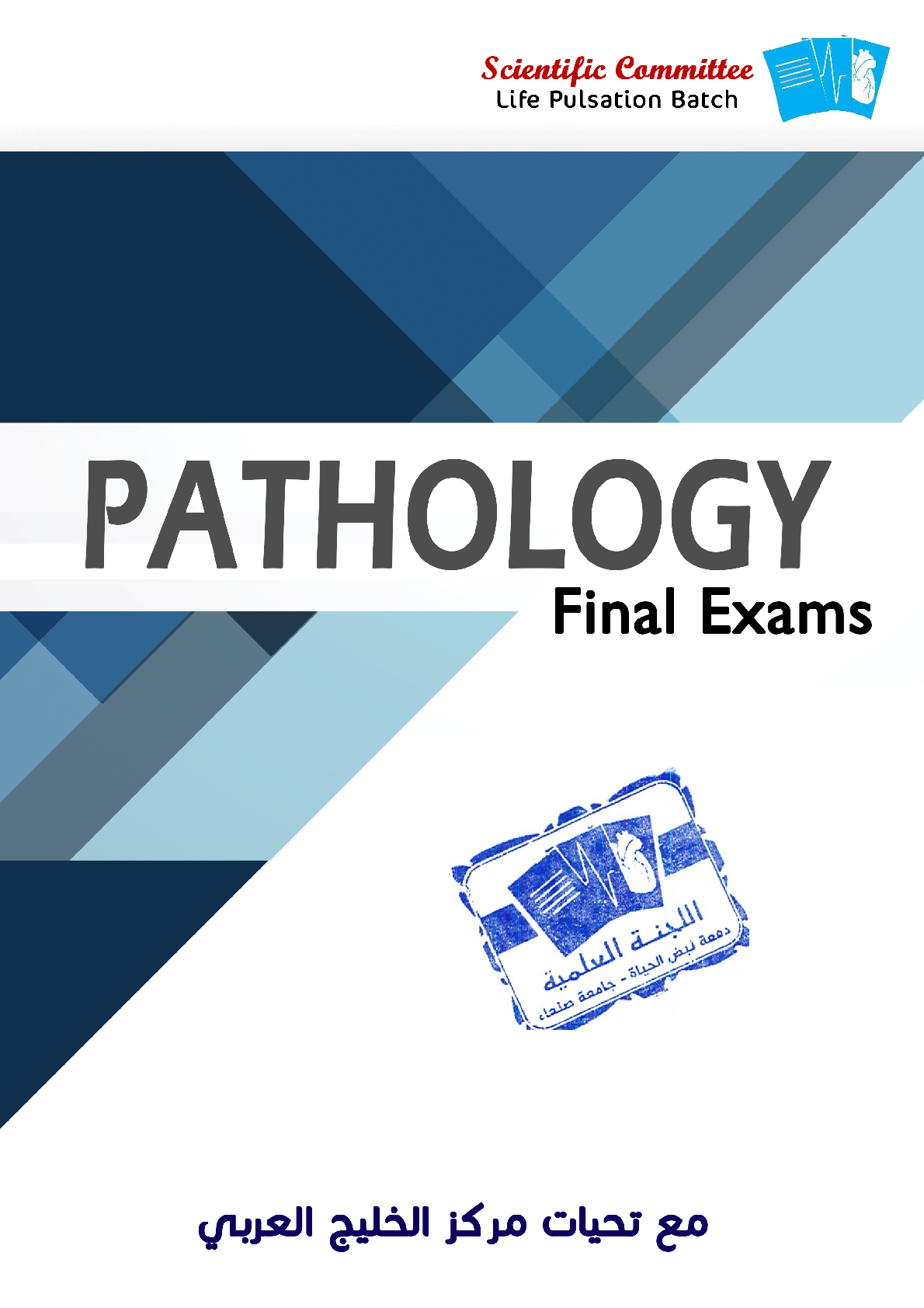
Reviews( 0 )
Document information
Connected school, study & course
About the document
Uploaded On
Dec 12, 2023
Number of pages
67
Written in
Additional information
This document has been written for:
Uploaded
Dec 12, 2023
Downloads
0
Views
28


